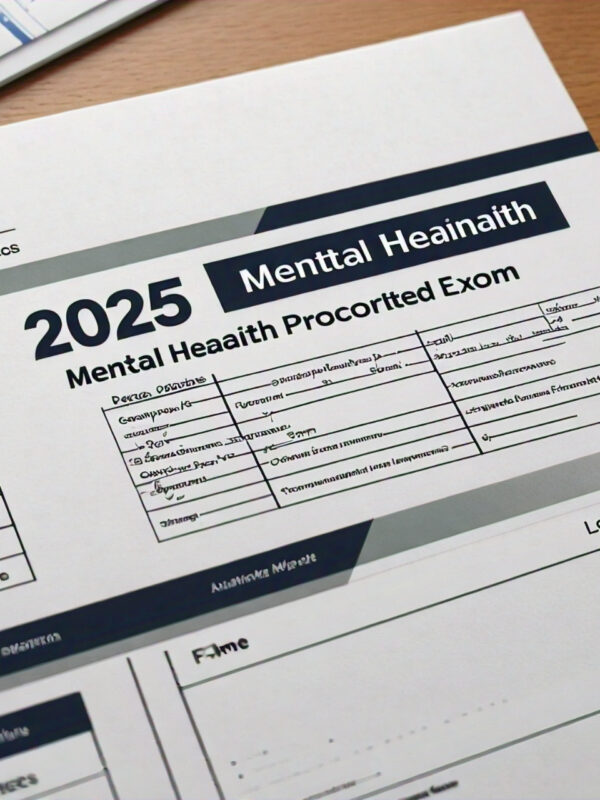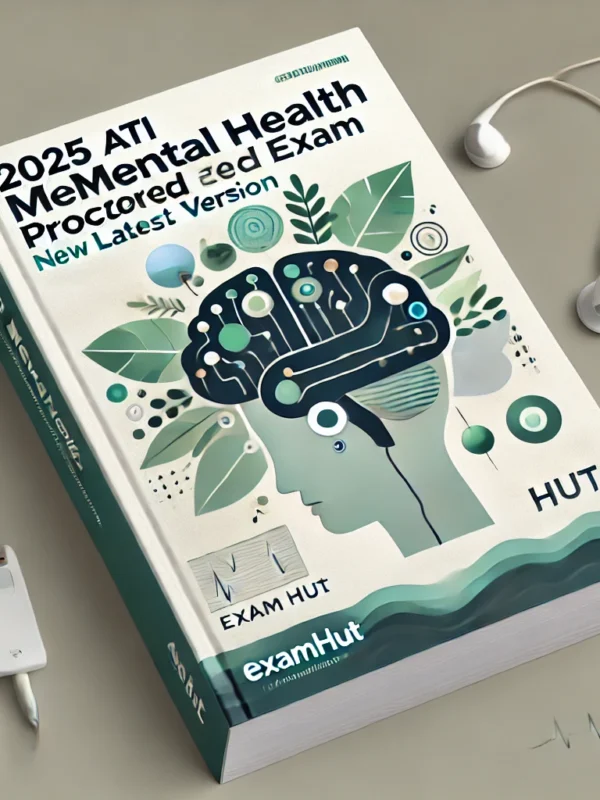Elevate your PMP Exam preparation with this 2025 Chapter 6 guide, focusing on Mastering Project Schedule Management, complete with 130 practice questions and expert insights. Tailored for aspiring Project Management Professionals, this resource dives deep into schedule management concepts, including planning, defining activities, sequencing, estimating durations, and controlling schedules, all aligned with the latest PMP standards. The 130 practice questions mirror the exam format, offering detailed explanations to strengthen your understanding of critical path methods, resource optimization, and schedule compression techniques. Expert insights provide proven strategies to tackle tricky questions, making this guide essential for acing Chapter 6 and succeeding in your PMP certification journey.
Preview
To control the schedule, a project manager is reanalyzing the project to predict project
duration. She does this by analyzing the sequence of activities with the lease amount of
scheduling flexibility. What technique is she using?
A: Critical path method
B: Flowchart
C: Procedure diagramming
D: Work breakdown structure – – correct ans- -Critical path method
There are only two choices related to scheduling: critical path method and procedure
diagramming. Precedence diagramming, however, is a diagramming technique that deals
with the relationship between activities, not schedule flexibility. The project manager is
analyzing the critical path.
A dependency requiring that design be completed before manufacturing can start is an
example of a(n):
A: Discretionary dependency
B: External dependency
C: Mandatory dependency
D: Scope dependency – – correct ans- -Mandatory dependency
No mention is made that the dependency comes from a source outside the project, so this
is not an external dependency. Scope dependency is not a defined term. The key word in
the question is “requiring”. Since the dependency is required, it could not be discretionary
and therefore must be mandatory. The question defines a mandatory dependency.
Which of the following are GENERALLY illustrated BETTER by bar charts than network
diagrams?
A: Logical relationships
B: Critical paths
C: Resource trade-offs
D: Progress or status – – correct ans- -Progress or status
The bar chart (or Gantt chart) is designed to show a relationship to time. This is best used
when demonstrating progress or status as a factor of time.
duration. She does this by analyzing the sequence of activities with the lease amount of
scheduling flexibility. What technique is she using?
A: Critical path method
B: Flowchart
C: Procedure diagramming
D: Work breakdown structure – – correct ans- -Critical path method
There are only two choices related to scheduling: critical path method and procedure
diagramming. Precedence diagramming, however, is a diagramming technique that deals
with the relationship between activities, not schedule flexibility. The project manager is
analyzing the critical path.
A dependency requiring that design be completed before manufacturing can start is an
example of a(n):
A: Discretionary dependency
B: External dependency
C: Mandatory dependency
D: Scope dependency – – correct ans- -Mandatory dependency
No mention is made that the dependency comes from a source outside the project, so this
is not an external dependency. Scope dependency is not a defined term. The key word in
the question is “requiring”. Since the dependency is required, it could not be discretionary
and therefore must be mandatory. The question defines a mandatory dependency.
Which of the following are GENERALLY illustrated BETTER by bar charts than network
diagrams?
A: Logical relationships
B: Critical paths
C: Resource trade-offs
D: Progress or status – – correct ans- -Progress or status
The bar chart (or Gantt chart) is designed to show a relationship to time. This is best used
when demonstrating progress or status as a factor of time.










Reviews
There are no reviews yet.